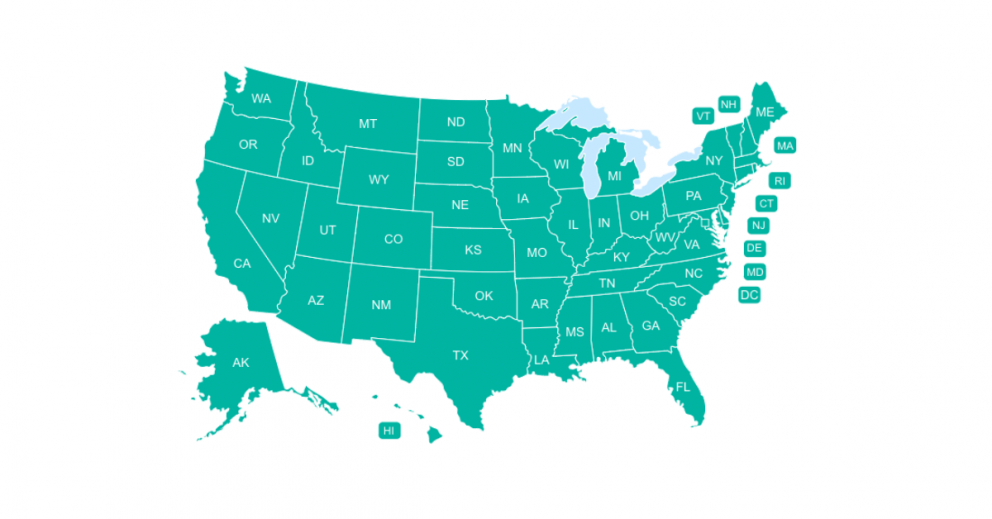
Special education refers to a type of education that takes into account the unique needs and preferences of every student. This includes individual teaching methods, adapted materials, and equipment. It also involves the creation of an accessible environment. This type of education is one where every teacher makes every effort to make the child feel comfortable. There are many different types of special education. In this article we'll take a look at the most commonly used types of special education.
Less restrictive environment
The Least Restrictive Environment for Special Education, is a fundamental principle of public education. This principle states that children with disabilities should be educated together with their peers in the most accessible environment. What does that mean? For every child, the environment that is least restrictive for special education might look different.
The Least Restrictive Environment for Special Education is defined in the Individuals with Disabilities Education Act (IDEA). LRE is a key component of an Individualized Education Program. This is a vital component of the IEP process. To ensure the student receives the right services, the IEP team must carefully review the LRE.
Individualized education plan (IEP)
An Individualized Education Plan, or IEP, describes how a student learns and what services and teachers will use to support him. Some key factors to consider when developing an IEP include assessing a student's skills in all areas related to any known disabilities, considering the impact of the student's disability on his or her learning, developing goals and objectives that correspond to the student's needs, and determining the least restrictive environment for the student.

The IEP must also list the child’s current school performance. These data are derived from individual and classroom tests. These tests are usually given during reevaluations. Parents and other resources can also be used to get information about the child’s performance. An IEP should include information about the impact of the disability on the child's participation in general curriculum.
Structured educational setting
Students with special educational needs benefit from intensive support. Students are able to focus on academic tasks while also communicating with their teachers. They also benefit from the support they receive when managing their behavior. A structured educational environment is designed to help students achieve grade level through routines and structure.
Students with special education needs may have learning disabilities, speech or language impairments, and other needs. You may also have emotional or behavioral disorders, as well as physical disabilities such muscular dystrophies. Students may require more or less teachers depending on their disability. They might also need specialized equipment and physical adaptations.
Discrimination
Discrimination in special educational is a complex problem. The IDEA is a useful tool that can help ensure equitable educational opportunities to all students. However it also relies upon widespread assumptions about race and disability. In particular, the IDEA puts much faith in people who evaluate students, and it rests on the belief that discrimination will be evident in these evaluations.
Racial and ethnic differences in the way children are seen can influence how their disabled identity is formed. Jesse and Michael are examples of how structural and unconscious racism affected their perceptions. Furthermore, a child's disability label can be used to push out difficult children or make them eligible for more resources. This can lead other dangerous school practices.

Response to intervention model
The Response to Intervention (RTI), a teaching model that emphasizes individual needs, is the Response to Intervention (RTI). The model requires that students who are not responding to instruction undergo a series of increasingly intense interventions. This model was first used in special education, but is now widely used in public education.
Response to Intervention is a district-wide educational strategy for students at risk for academic failure. It utilizes research-based interventions to help students meet their goals and advance in general education. Students are monitored and evaluated throughout the process to assess their progress. The typical length of the program is between 10 and 12 weeks depending on student needs.
FAQ
What is the average salary of a teacher in early childhood education? (earning potential)
The median salary for early childhood teachers is $45,000 per calendar year.
However, there are areas where salaries tend to be higher than average. For example, teachers who work in large urban districts often earn more than those working in rural schools.
Salaries also depend on factors like how large the district is, and whether or non-degree-holding teachers.
Because they lack experience, teachers often make less than other college graduates. However, their salaries can rise dramatically over time.
Do you have to go to college in order become an early education teacher?
You can't, but it is worth considering going to college to get a degree in this field.
It is essential to understand that becoming a teacher takes hard work. Every year, many people are rejected. A lot of people leave college after just one semester.
A teacher must meet all requirements.
How do I select my major?
Students choose their majors based upon their interests. Some students will choose to major or minor in a subject that interests them because they'll find it more enjoyable than learning about something else. Some students want to go into a field where there is no job. Others are motivated to make a living while studying a major. No matter what your motivations, it is important to consider the job that you may be interested in after graduation.
There are many options for information on different areas of study. You could talk to someone in your family or friends about their experiences in these areas. To find out if there are jobs available, you can read newspapers and magazines. Talk to a guidance counselor at high school about possible career paths. Visit the Career Services section of your local library. You can borrow books about various topics from the public library. Use the Internet to search for websites related to specific careers.
Homeschooling is for everyone.
Anyone can homeschool. No special qualifications are required.
High school graduates are qualified to teach their children. Many families decide to teach their grandchildren while they are still in high school.
Parents can learn to teach children from parents with less formal education.
After satisfying certain requirements, parents can become certified teachers. These requirements can vary from one state to the next.
Some states require homeschooled student to take a test in order to graduate. Others do not.
Homeschooling parents must register their family with the local school district.
This involves filling out paperwork, and submitting it back to the school board.
After registration, parents can enroll their children at public or private schools.
A few states allow parents who are not registered with the government to homeschool their children.
If you live in one these states, your responsibility is to ensure that your children are compliant with the state's compulsory attendance laws.
Which factors are important when selecting a major
It is important to first decide if you would prefer to go straight into a job or go to college. Then you should make a list of your interests and talents. Reading, listening to music and talking to people are all possible interests. Your talents may include singing, dancing and writing. When you identify your talents and interests, you can use these to guide you in choosing a major.
If you are interested to be an artist, art history or fine arts might be a good choice. Biology is a great option if you love animals. Pre-medicine, medical technology and medicine are options for those who want to be doctors. Computer science, computer networking, or computer engineering might interest you if you want a career that involves computers. There are many choices. Think about what you want to do.
What is the difference between private schools and public schools?
All students are eligible to attend public schools for free. They provide education from kindergarten through high school. Tuition fees are charged by private schools for each student. They offer education from preschool through college.
Charter schools, which are private but publicly funded, are also available. Charter schools don't use traditional curricula. They give students more freedom and allow them to pursue their interests.
Charter schools are popular with parents who believe their children should receive quality education regardless of their financial status.
Statistics
- And, within ten years of graduation, 44.1 percent of 1993 humanities graduates had written to public officials, compared to 30.1 percent of STEM majors. (bostonreview.net)
- “Children of homeowners are 116% more likely to graduate from college than children of renters of the same age, race, and income. (habitatbroward.org)
- They are more likely to graduate high school (25%) and finish college (116%). (habitatbroward.org)
- They are also 25% more likely to graduate from high school and have higher math and reading scores, with fewer behavioral problems,” according to research at the University of Tennessee. (habitatbroward.org)
- Globally, in 2008, around 89% of children aged six to twelve were enrolled in primary education, and this proportion was rising. (en.wikipedia.org)
External Links
How To
How do I apply for scholarships?
First, you must ensure you meet the eligibility requirements to apply for scholarships. It is possible to receive scholarships if you meet certain requirements.
If you are financially disadvantaged, you may be eligible for a grant. A vocational training course is eligible to be considered for a work study program. A grant can also be granted if you are part of a minority community.
Once you have decided if you are eligible, you can begin applying.
Online, in-person, or by phone, you can apply. The process for applying depends on the scholarship.
For some scholarships, you will need to submit essays about you and your reasons for applying. Others will ask questions such "Why did you choose this degree?"
Most scholarships require applicants to complete an application form and to send supporting documents.
Your scholarship provider will examine the information that you submit. You will be notified by email or postal mail if you are selected.
Even if you're not selected, you might still qualify for another scholarship. Contact your scholarship provider for details.